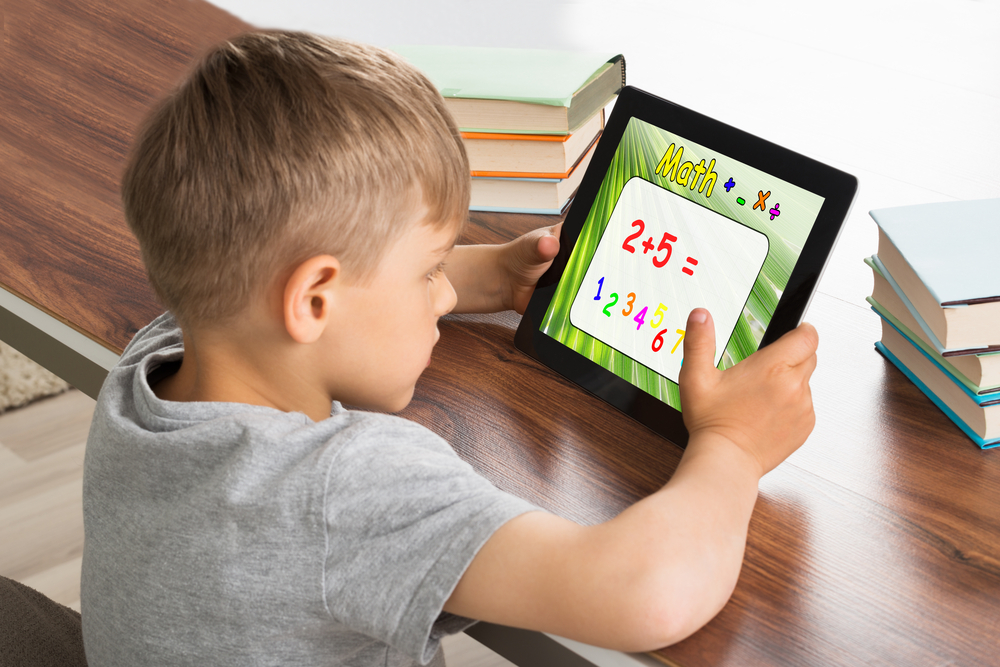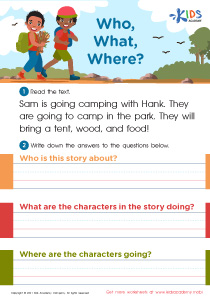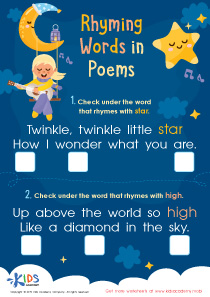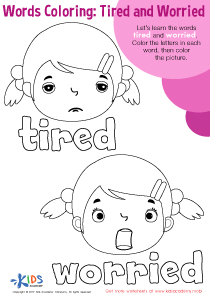Story analysis Reading Worksheets for Ages 4-9
8 filtered results
-
From - To
Unlock your child’s potential with our "Story Analysis Reading Worksheets for Ages 4-9." Tailored to engage young minds, these worksheets help develop essential reading comprehension and critical thinking skills through interactive story analysis. Children will explore key elements like characters, settings, plots, and themes, making reading both fun and educational. Perfect for early learners, each worksheet is designed to captivate and challenge, ensuring an enjoyable learning experience. Equip your child with the tools for success and a lifelong love of reading with Kids Academy’s expertly crafted resources. Start their literary journey today!
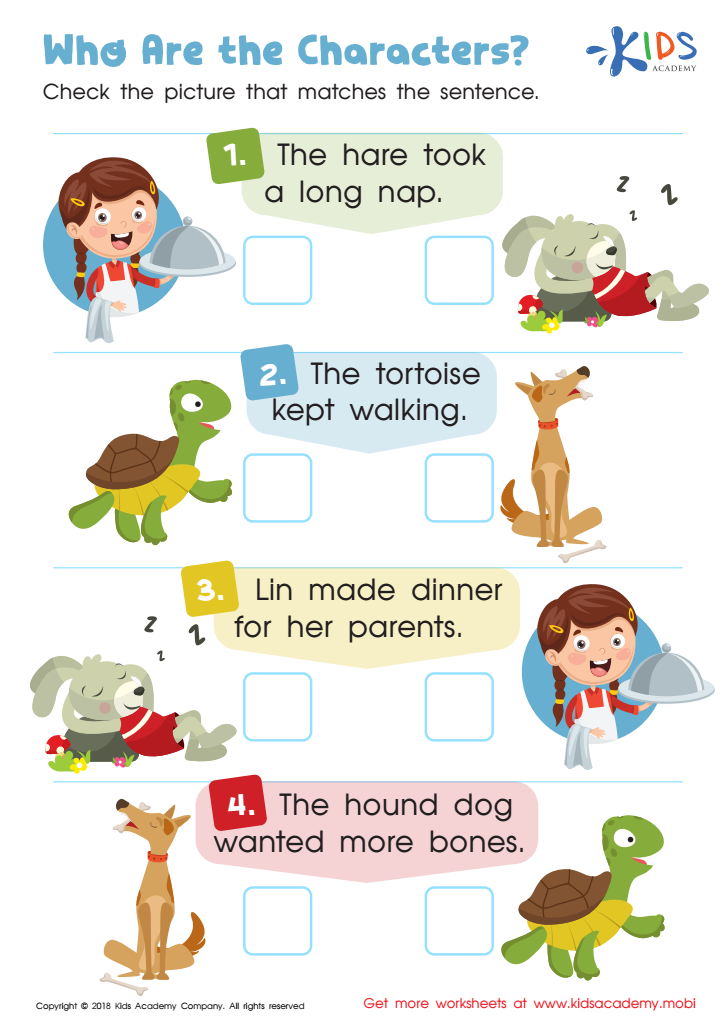

Who Are The Characters Worksheet
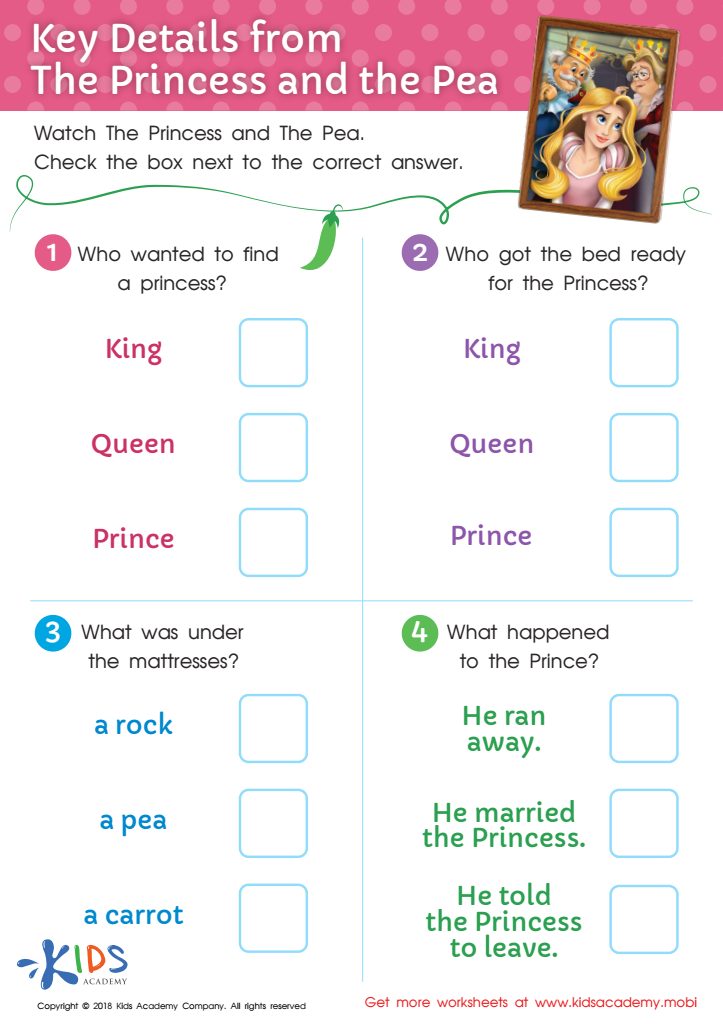

Key Details from the Princess and the Pea Worksheet
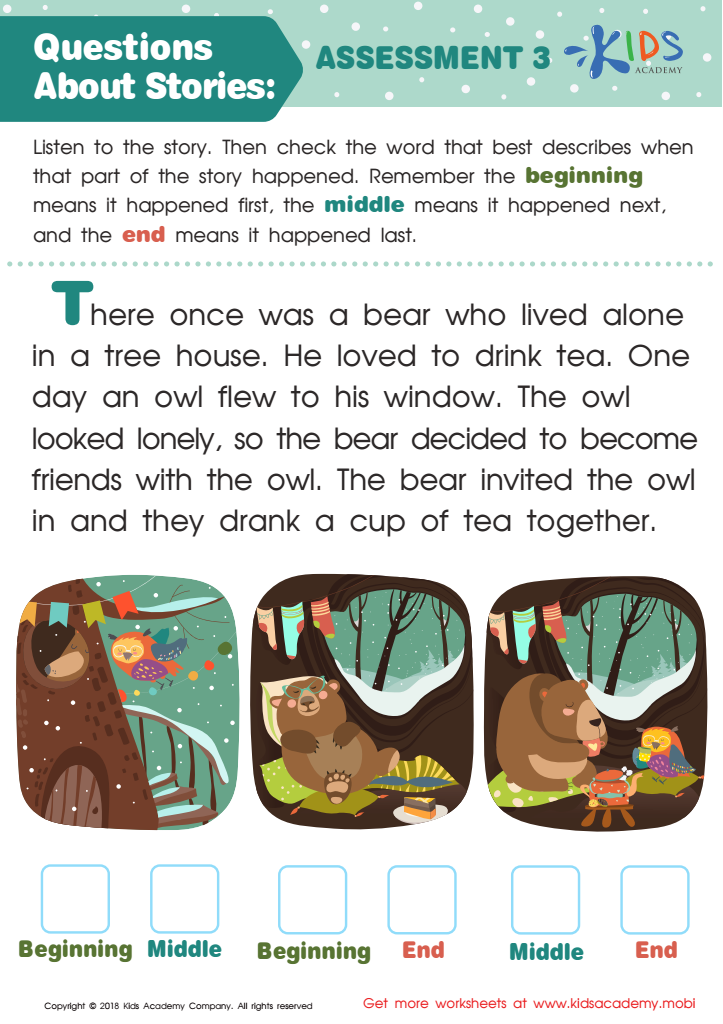

Questions About Stories: Assessment 3 Worksheet
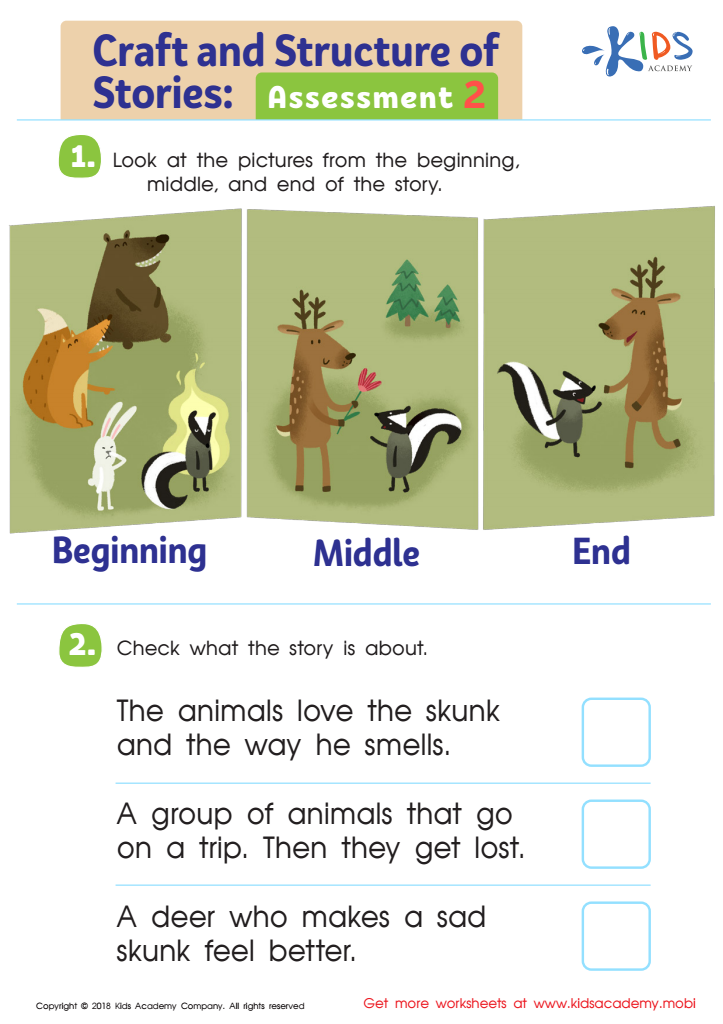

Craft and Structure of Stories: Assessment 2 Worksheet
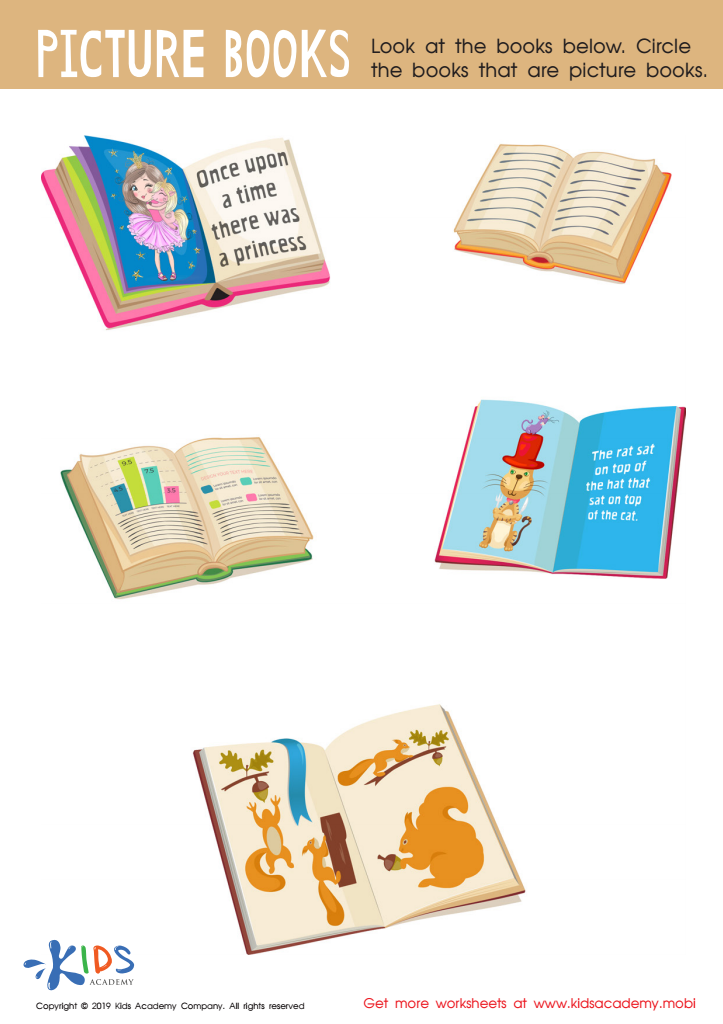

Picture Books Worksheet
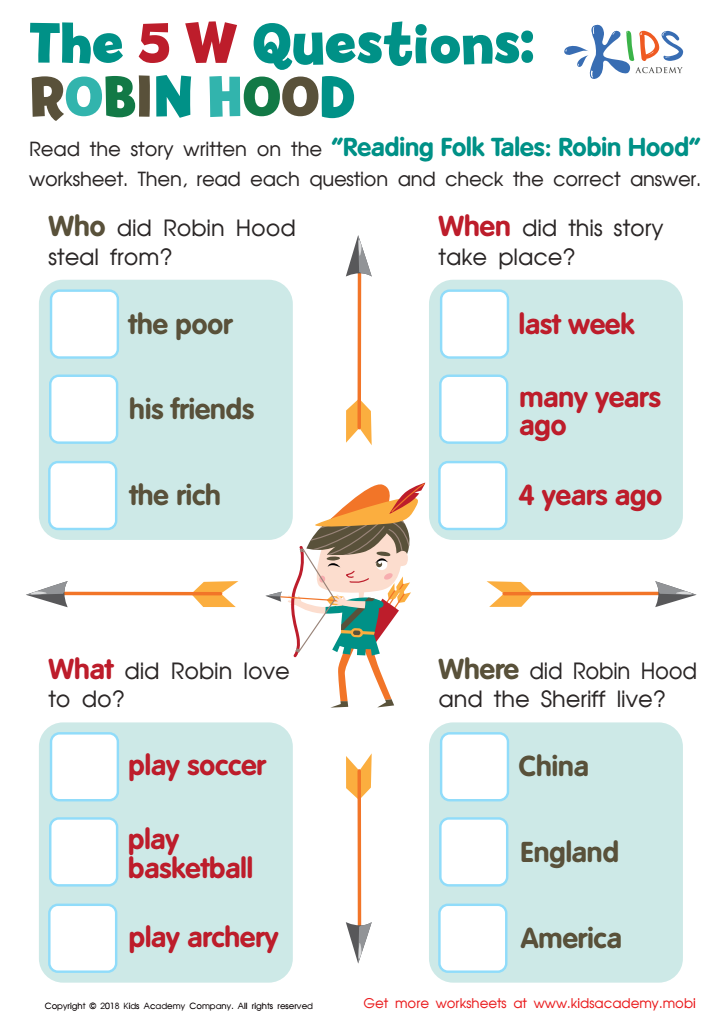

The 5 W Questions: Robin Hood Worksheet
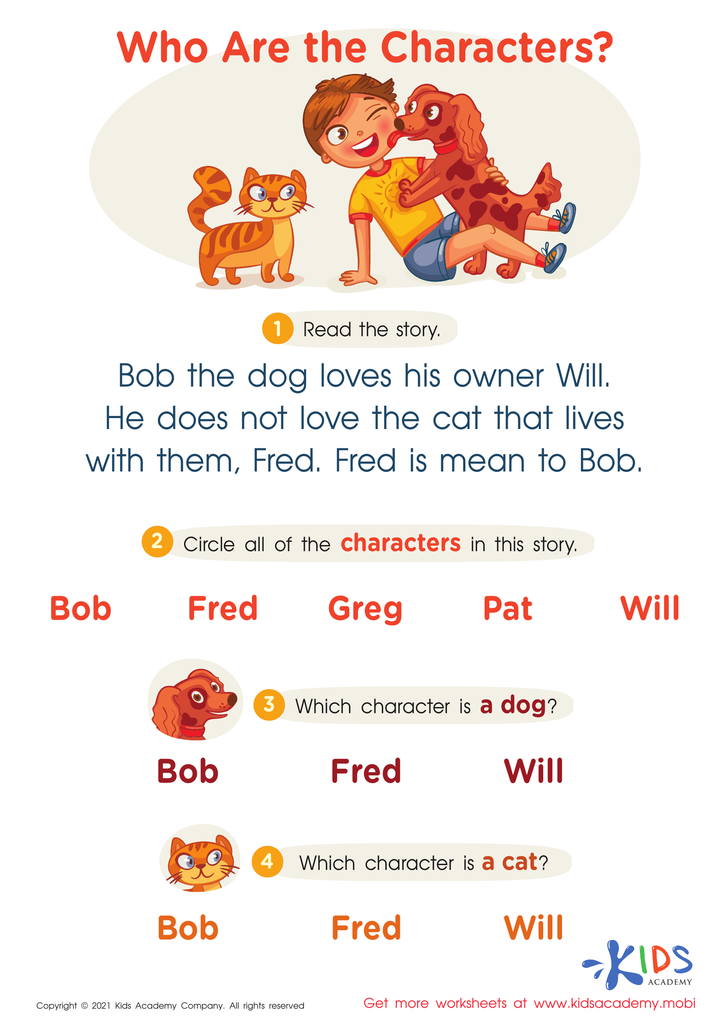

Who Are the Characters? Worksheet
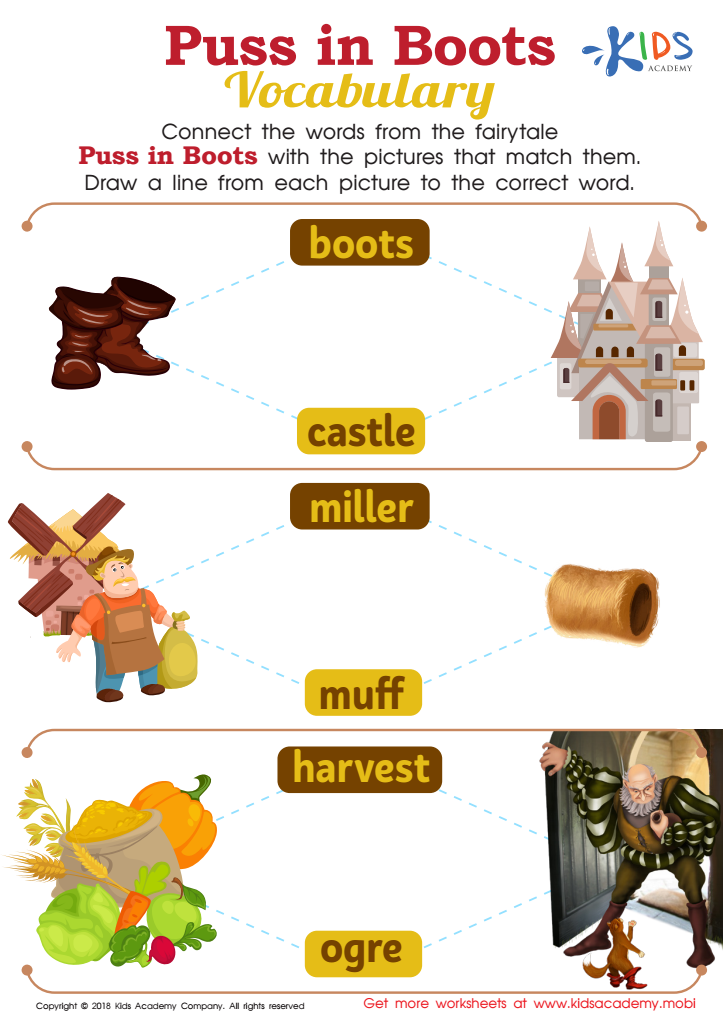

Puss in Boots Vocabulary Worksheet
Story analysis reading for ages 4-9 plays a crucial role in children's development. At this critical period, young minds are rapidly growing, and understanding stories helps foster cognitive skills. When children analyze stories, they delve into the characters' motives, settings, and plot details. This depth of comprehension nurtures critical thinking abilities—they learn to identify cause and effect, predict outcomes, and understand sequences.
Moreover, story analysis enriches emotional intelligence. By exploring characters’ feelings and relationships, kids develop empathy and social awareness, which are essential for forming healthy relationships. Discussing diverse story themes can introduce complex topics in a child-friendly way, thereby broadening their perspective and encouraging open-mindedness.
From a linguistic standpoint, engaging with analyzed stories enhances vocabulary, grammar, and listening skills. Children become better at expressing themselves as they absorb new words and sentence structures through rich narratives. Additionally, regular reading time can spark a lifelong love of books, setting a solid foundation for academic success.
Lastly, story analysis encourages students and teachers to bond over shared reading experiences. Engaging discussions about a story can strengthen classroom camaraderie or family connections. In essence, story analysis is an invaluable tool in promoting well-rounded, thoughtful, and empathetic young individuals.

 Assign to My Students
Assign to My Students






